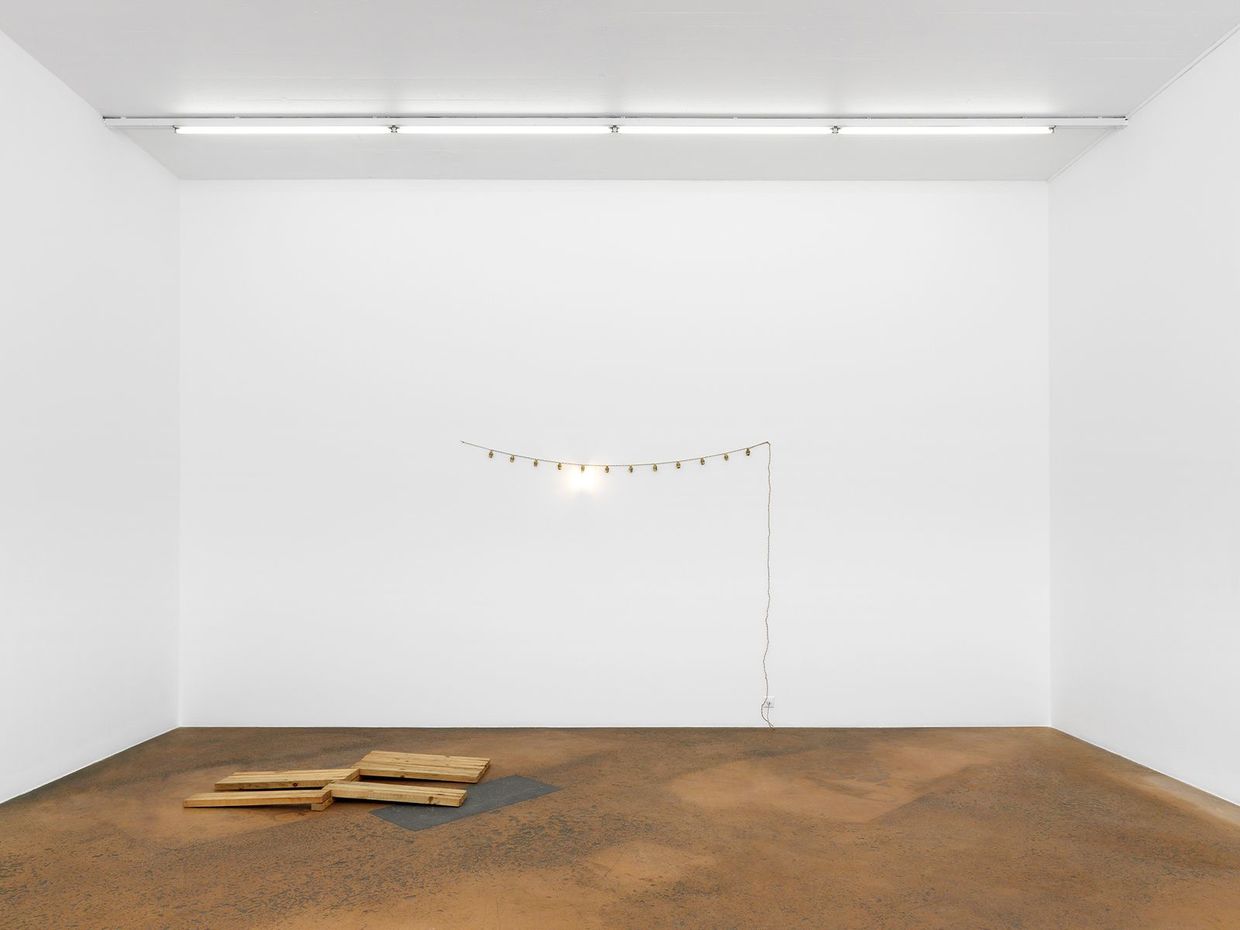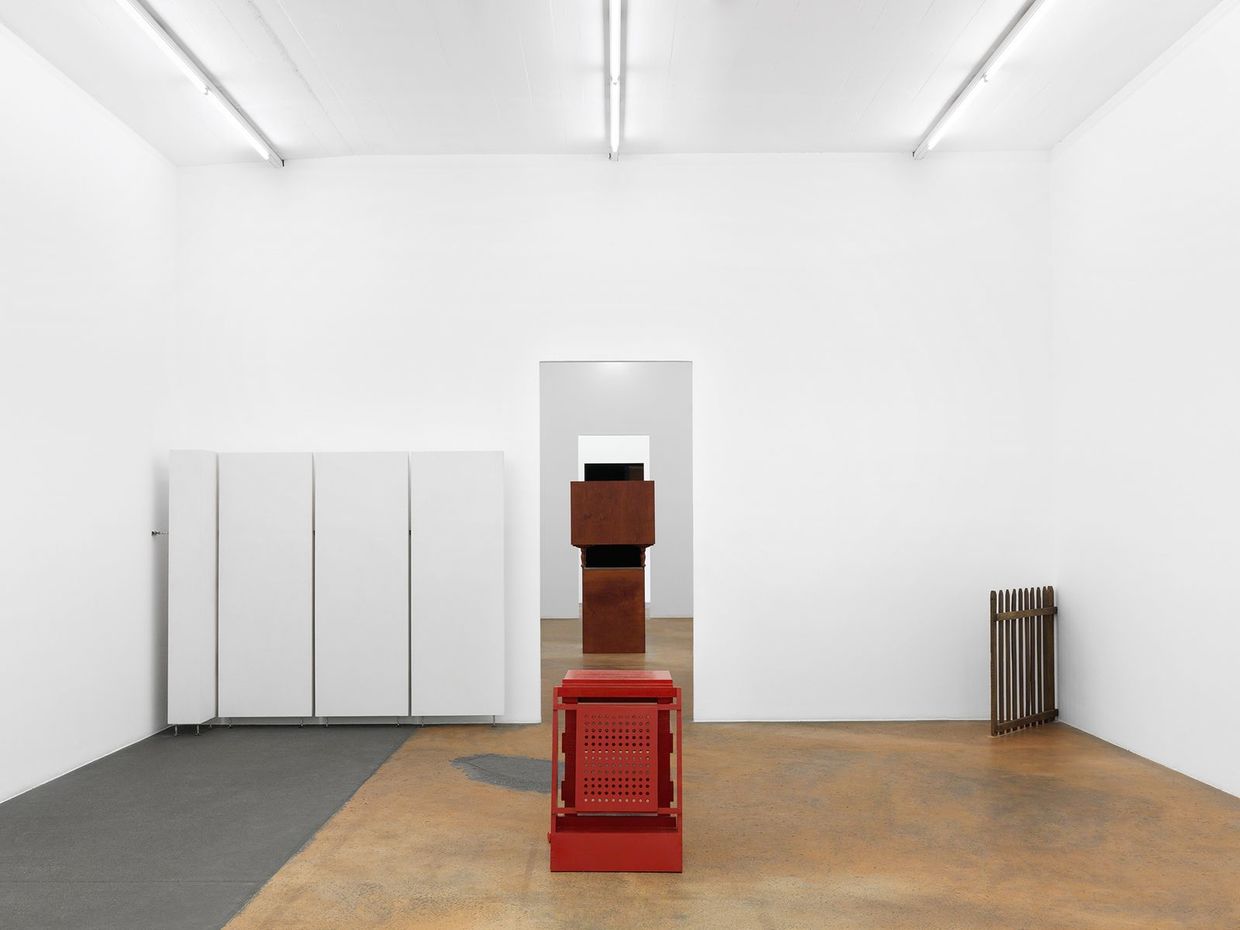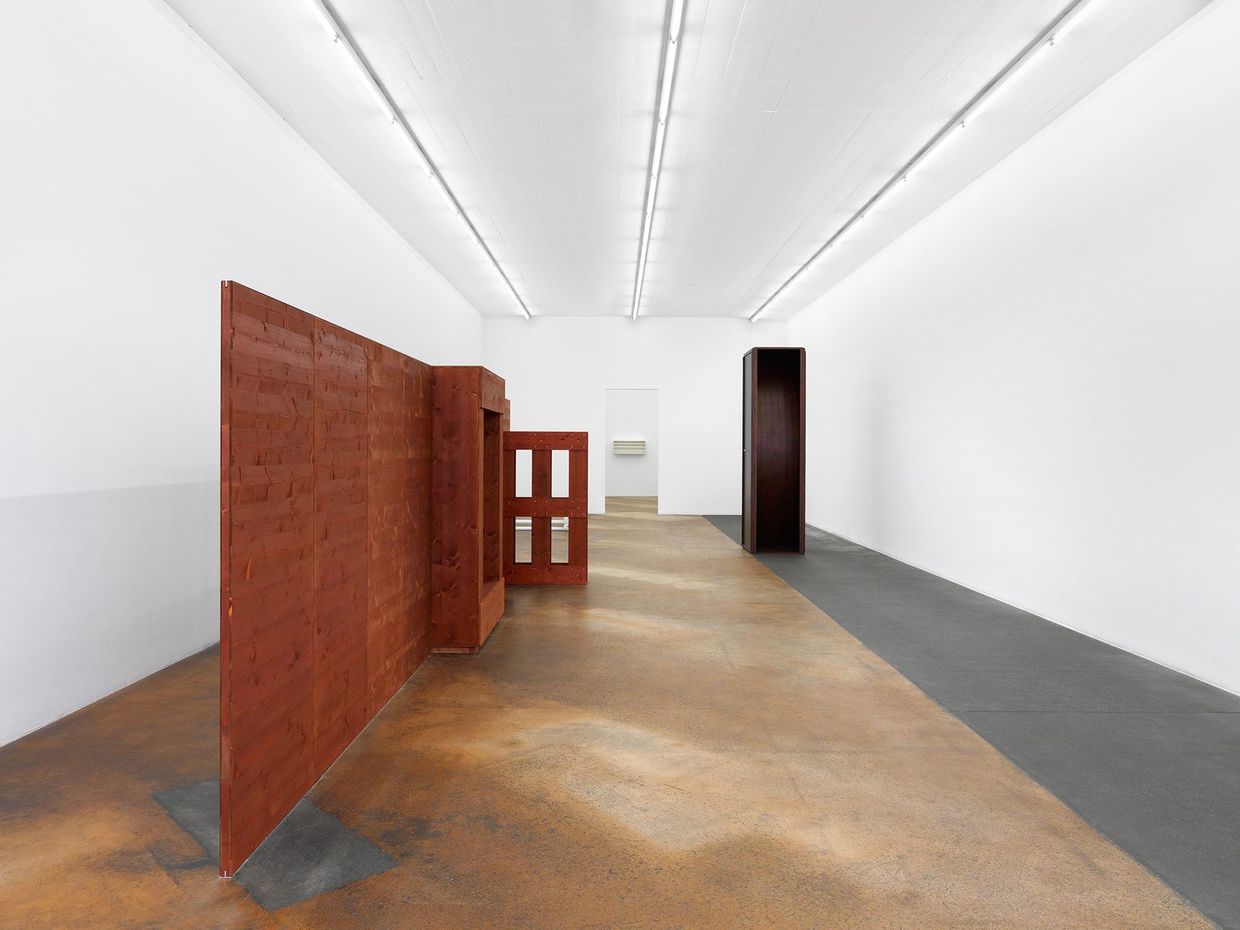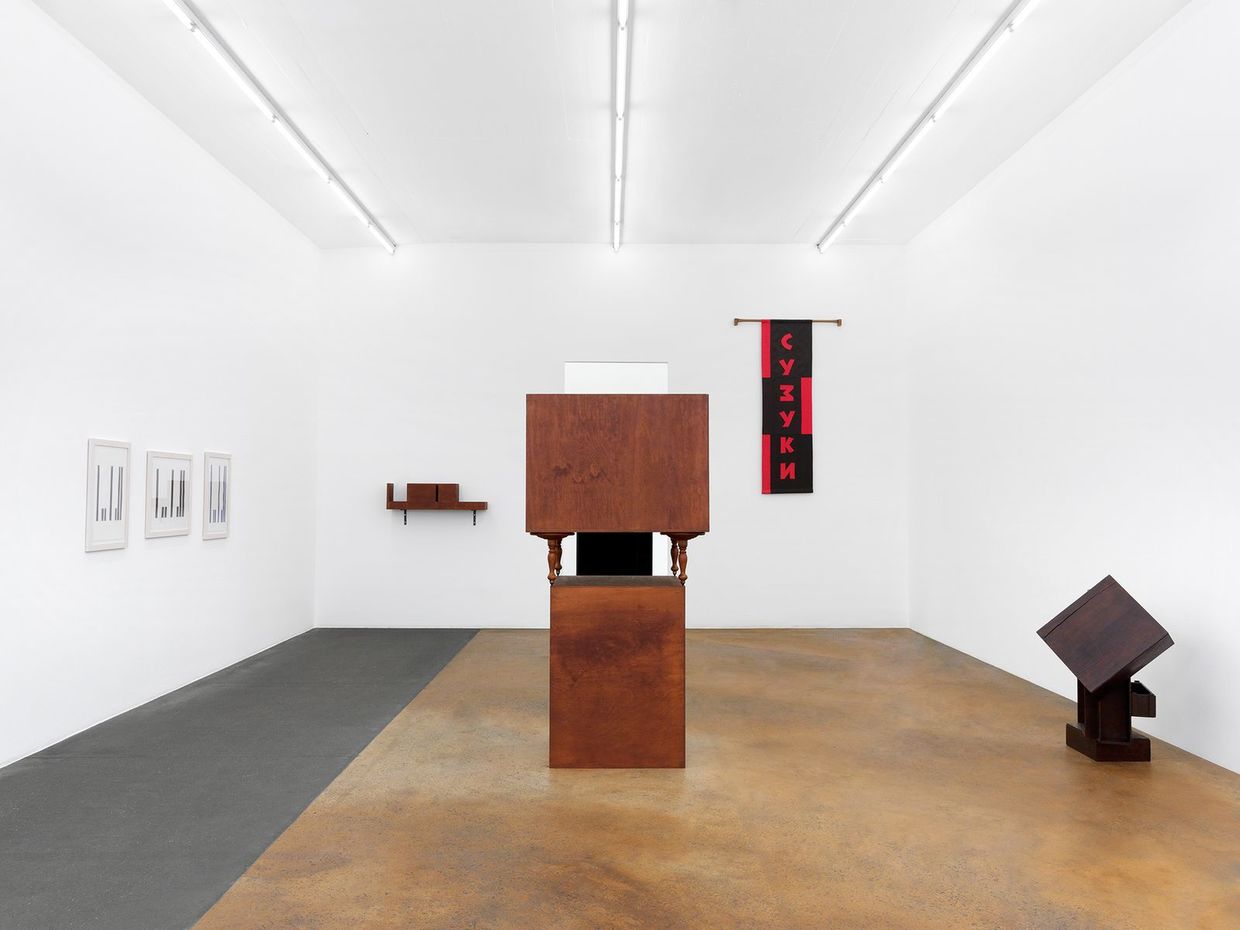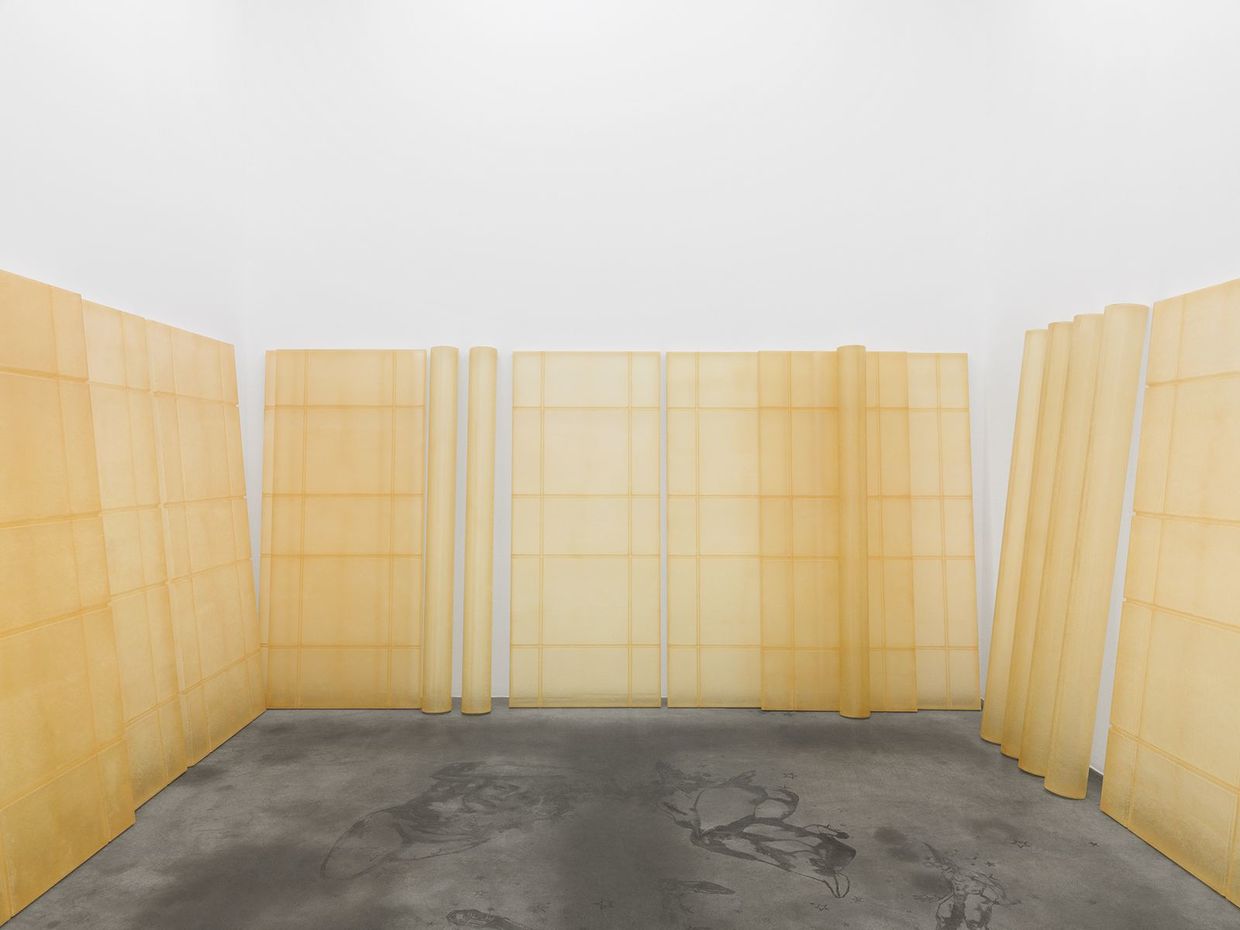Vaclav Pozarek was born in 1940 in Budweis, in what is now the Czech Republic. He studied film and subsequently moved to Hamburg and London, where he studied under Anthony Caro at the Saint Martin’s School of Art. His interest in Concrete art, and the work of Richard Paul Lohse in particular, drew him to Switzerland, and the city of Berne. There, he developed a unique synthesis of the principles of Constructivism and the application of the arts to everyday reality. Pozarek focuses principally on sculpture and drawing, but he has also produced installations, photography, and film. He often designs logos for his solo exhibitions, as he did for his MAMCO show, which presents 40 works dating from the 1970s to the present.
Pozarek’s works of the 1970s are shaped by their contemporary context—the reception and critique of Minimalism in Europe—while his output in the 1980s develops its own unique vocabulary, reflecting on the art object. Like his contemporaries Reinhard Mucha, Jan Vercruysse, or Didier Vermeiren, Pozarek treats sculpture as an intermediary state between everyday reality and the world of culture.
His works are part abstract, part “concrete objects”: their proportions evoke elementary forms and furniture, while some of his assemblages suggest sophisticated joinery or panelling. His seemingly abstract drawings incorporate a figurative dimension, reminiscent of architectural plans or ornamentation on a façade.
Pozarek appears to embrace the Minimalist sculptural tradition, free from the constraints of mimetic representation or the hegemony of the plinth, while at the same time challenging and corrupting this modern orthodoxy through the use of craft techniques and vernacular references.
His witty, determinedly anti-nostalgic works of the 1990s and 2000s intensify his examination of the realm of the object: pseudo-functional forms, architectural fragments, and meditations on use are presented as sculptures for the visitor to decipher.
Today, as the exhibition demonstrates, Pozarek’s corpus occupies a unique place on the Swiss art scene: by redefining an Eastern European modernist heritage through an international vocabulary, his work contributes to the broadening of the question of the vernacular and the status of art objects.
- Exhibition curated by Lionel Bovier and Fabrice Stroun, assisted by Lisa Kaczmarek
- With the support of the Ernst Göhner Stiftung

